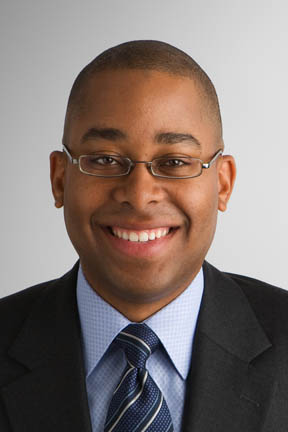Groups representing visible minority lawyers say a report showing their inability to gain a foothold in leadership positions in the Greater Toronto Area legal sector show how much work they have left to do to create a truly diverse legal profession in Canada.

“The report is not terribly surprising,” Canadian Association of Black Lawyers president Andrew Alleyne tells Legal Feeds. “I do think the issue is of vital importance. Bay Street and a number of institutions have gone further in terms of fostering diversity, but they’ve got a very long way to go.”
The
DiverseCity Counts report was prepared by the Diversity Institute at Ryerson University, for DiverseCity: The Greater Toronto Leadership Project. It followed 3,330 leaders within the corporate, public, elected, education, and nonprofit sectors. It was the first time in the report’s three-year history that visible minority leadership in the legal sector has been studied.
It’s findings are alarming — if perhaps not all that surprising, unfortunately — to those within the legal community. Only 6.8 per cent of those in positions of leadership in the GTA legal sector are visible minorities. That’s a pitiful number when you consider that 49.5 per cent of those within the population studied are visible minorities.
“Lawyers and judges are influential decision makers who shape the laws and the administration of justice,” said the study’s lead author, Wendy Cukier. “Lawyers lead in other areas too, such as in elected office — in fact, 73 per cent of Canadian prime ministers have also been practising lawyers. They are also at the forefront of advocacy and social change. Representation in this sector is critical to a democratic society.”
Here are some other key findings from the report that the legal community should reflect on:
• In the legal profession, judges have a greater level of visible minority representation compared to law firm partners or Crown attorneys, at 8.3 per cent versus 6.6 per cent.
• Overall, 14.5 per cent of leaders in the GTA are visible minorities. That’s up from 13.4 per cent in 2009.
• Visible minorities are best represented in leadership positions within governing bodies and law schools, at 10.5 per cent.

 “The report is not terribly surprising,” Canadian Association of Black Lawyers president Andrew Alleyne tells Legal Feeds. “I do think the issue is of vital importance. Bay Street and a number of institutions have gone further in terms of fostering diversity, but they’ve got a very long way to go.”
“The report is not terribly surprising,” Canadian Association of Black Lawyers president Andrew Alleyne tells Legal Feeds. “I do think the issue is of vital importance. Bay Street and a number of institutions have gone further in terms of fostering diversity, but they’ve got a very long way to go.”